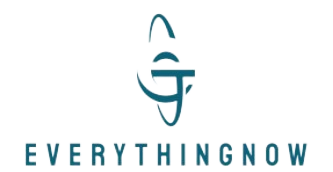Understanding the Basics of 5S Methodology for Workplace Organization
Learn about the 5S methodology, a powerful tool for improving workplace organization, efficiency, and safety. Discover the benefits and steps involved in implementing the 5S methodology in your workplace.
5S is a lean manufacturing methodology that originated in Japan. It is a set of principles and practices designed to improve workplace organization, efficiency, and safety. The 5S methodology is based on the five Japanese words that describe the process: Seiri (Sort), Seiton (Set in Order), Seiso (Shine), Seiketsu (Standardize), and Shitsuke (Sustain). In this article, we'll explore the basics of 5S, its history, and how it can benefit your workplace.
The 5S methodology was first developed by the Japanese manufacturing industry in the 1960s. It was originally designed to improve workplace organization and cleanliness, but it quickly became a powerful tool for improving efficiency, productivity, and safety. Today, 5S is used in industries around the world, including manufacturing, healthcare, and service industries.
The first step in the 5S methodology is Seiri, which means Sort. This involves sorting through everything in the workplace and identifying what is necessary and what is not. Items that are no longer needed are removed from the workplace, creating more space and reducing clutter.
The second step is Seiton, which means Set in Order. This involves organizing everything in the workplace in a logical and efficient manner. Tools and equipment are stored in designated locations, making it easy for employees to find what they need and reducing the amount of time spent searching for tools and equipment.
The third step is Seiso, which means Shine. This involves cleaning and maintaining the workplace to ensure that it is clean, safe, and pleasant to work in. Regular cleaning and maintenance reduce the risk of accidents and improve employee morale.
The fourth step is Seiketsu, which means Standardize. This involves establishing standard procedures for maintaining the workplace. By creating standardized procedures, businesses can ensure that the workplace remains organized and clean, and that everyone knows what is expected of them.
The fifth and final step is Shitsuke, which means Sustain. This involves maintaining the 5S methodology and ensuring that it becomes a part of the workplace culture. By continuously monitoring and improving the workplace, businesses can ensure that the benefits of the 5S methodology are sustained over time.
The benefits of the 5S methodology are many. By implementing 5S, businesses can reduce waste, increase efficiency, and improve safety. It also helps businesses to become more competitive by enabling them to respond more quickly to changing market conditions.
In conclusion, the 5S methodology is a powerful tool for improving workplace organization, efficiency, and safety. By following the principles of Seiri, Seiton, Seiso, Seiketsu, and Shitsuke, businesses can create a workplace that is clean, organized, and efficient. If you're looking to improve your workplace, the 5S methodology is definitely worth considering.

 Ashish Kumar
Ashish Kumar 














